
At the same time, it's less reliant on the bullet-sponge SuperSoldaten, treating them more like mini-bosses than regular enemies. This is a welcome change, as it speeds up the pace of the combat and treats those powerful enemies with the respect they deserve. This is also the point at which The Old Blood introduces its best new weapon - the Kampfpistol. Essentially a small grenade launcher, it proves incredibly useful for clearing crowds and dealing with tougher opponents.
The midsection of the Old Blood is as good as anything in the New Order. The sequence involving a cable-car is particularly thrilling, and the long climb to the village of Paderborn sees some real tooth-and-nail scraps, gradually cranking up the action to a spectacular Alamo-style finale. Even the boss fight that concludes the chapter is acceptable in its implementation.
Sadly, the second part fails to keep up the tempo that the first builds. To start with, it throws in several new characters and plot elements. Some are decent. Helga von Schlasse is a wonderfully pantomime antagonist cut straight from an Indiana Jones script. Others, like German informant Kessler and his ward Annette, are undercooked. Annette and Kessler represent The New Order's more human side, its attempt to inject some humanity into a game about shooting giant robot dogs with twin shotguns. It just about worked in the New Order because the game dedicated time to it. But here there's little time to dedicate, so both are only sketchily characterised.
The weakest point comes with The Old Blood's big twist, which is a twist in the same way that a Star Wars film having lightsabers in it is a twist. In short, the Nazis' prodding into the occult causes a small cataclysm, turning much of its army into zombies. Nazi zombies. Now obviously, Wolfenstein did Nazi zombies before everyone else. But the problem is everyone else has done it in the meantime, which makes the Old Blood's return to this genre staple feel like tired cliché rather than nostalgic convention.
What doesn't help is that the zombies are far less interesting to fight than the human and cyborg opponents. The undead require no skill to put down and only pose a threat during certain set-pieces where they swarm in considerable numbers. Mercifully, the second chapter doesn't rely on them entirely. It mixes in the human enemies too, which keeps things entertaining and also lets you play the nazis off the zombies to a certain extent. It isn't a disaster, just a bit uninspired.
What is a disaster is the abysmal boss fight at the end, which involves firing bullets into a big angry sponge while being swarmed by conventional enemies. There isn't a single checkpoint during this draw-out sequence, and you often find yourself being shot from behind because you're trying to avoid the attacks of the boss in front of you. It's essentially a checklist of all the things not to do in a boss fight, and leaves a bitter taste in the mouth as the credits roll.
There's no question that the Old Blood lacks the same creative spark MachinGames imbued into its bigger brother. But there is some pleasure in seeing MachineGames' own interpretation of Castle Wolfenstein itself, even though there's only so many ways to rebuild the same fortress. There's also nothing massively wrong with it as a shooter, so given the dearth of decent FPS games on the market right now, it's probably worth a look.
The midsection of the Old Blood is as good as anything in the New Order. The sequence involving a cable-car is particularly thrilling, and the long climb to the village of Paderborn sees some real tooth-and-nail scraps, gradually cranking up the action to a spectacular Alamo-style finale. Even the boss fight that concludes the chapter is acceptable in its implementation.
Sadly, the second part fails to keep up the tempo that the first builds. To start with, it throws in several new characters and plot elements. Some are decent. Helga von Schlasse is a wonderfully pantomime antagonist cut straight from an Indiana Jones script. Others, like German informant Kessler and his ward Annette, are undercooked. Annette and Kessler represent The New Order's more human side, its attempt to inject some humanity into a game about shooting giant robot dogs with twin shotguns. It just about worked in the New Order because the game dedicated time to it. But here there's little time to dedicate, so both are only sketchily characterised.
The weakest point comes with The Old Blood's big twist, which is a twist in the same way that a Star Wars film having lightsabers in it is a twist. In short, the Nazis' prodding into the occult causes a small cataclysm, turning much of its army into zombies. Nazi zombies. Now obviously, Wolfenstein did Nazi zombies before everyone else. But the problem is everyone else has done it in the meantime, which makes the Old Blood's return to this genre staple feel like tired cliché rather than nostalgic convention.
What doesn't help is that the zombies are far less interesting to fight than the human and cyborg opponents. The undead require no skill to put down and only pose a threat during certain set-pieces where they swarm in considerable numbers. Mercifully, the second chapter doesn't rely on them entirely. It mixes in the human enemies too, which keeps things entertaining and also lets you play the nazis off the zombies to a certain extent. It isn't a disaster, just a bit uninspired.
What is a disaster is the abysmal boss fight at the end, which involves firing bullets into a big angry sponge while being swarmed by conventional enemies. There isn't a single checkpoint during this draw-out sequence, and you often find yourself being shot from behind because you're trying to avoid the attacks of the boss in front of you. It's essentially a checklist of all the things not to do in a boss fight, and leaves a bitter taste in the mouth as the credits roll.
There's no question that the Old Blood lacks the same creative spark MachinGames imbued into its bigger brother. But there is some pleasure in seeing MachineGames' own interpretation of Castle Wolfenstein itself, even though there's only so many ways to rebuild the same fortress. There's also nothing massively wrong with it as a shooter, so given the dearth of decent FPS games on the market right now, it's probably worth a look.
-
Overall60 / 100


MSI MPG Velox 100R Chassis Review
October 14 2021 | 15:04

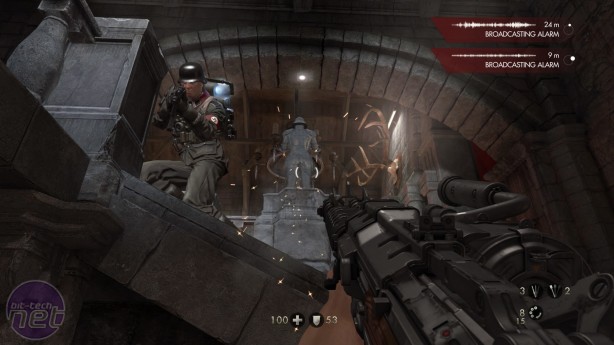
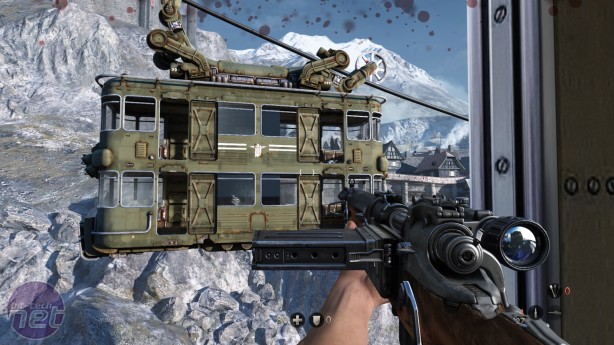
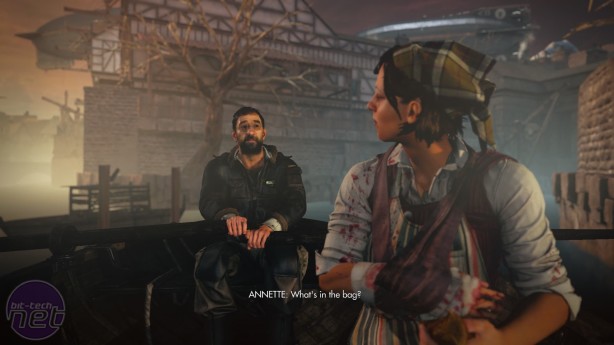
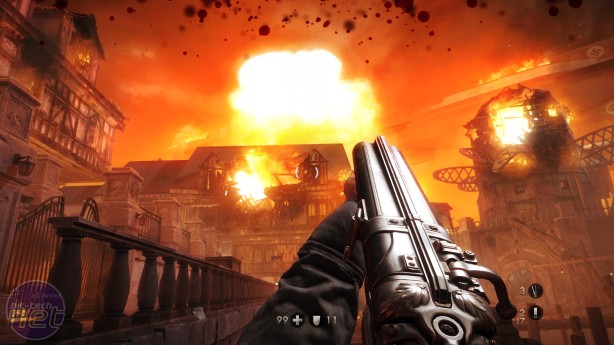
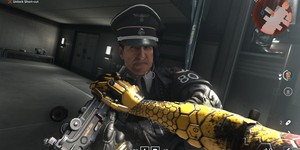
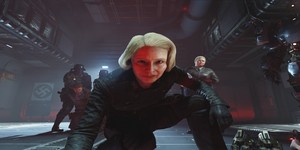
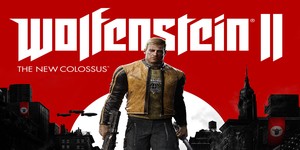





Want to comment? Please log in.